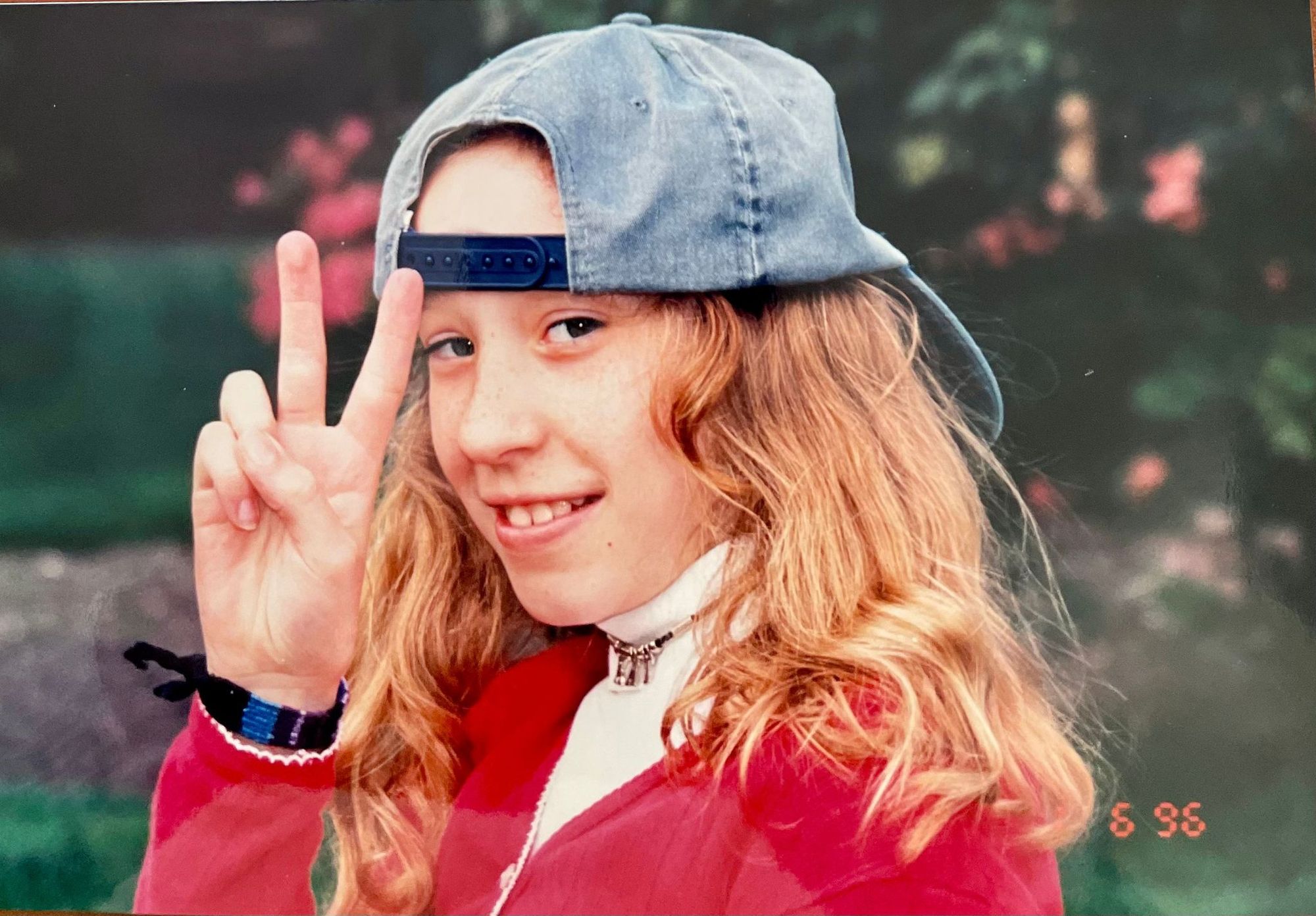What is PhotoTherapy and therapeutic photography? Here we explore how photos can support wellbeing
Recently, my favourite way to use Instagram is to share a post at the end of each month containing photos and videos of what I’ve been up to. Whether it’s a group shot of myself and my friends or a particularly pleasing cup of coffee, these are the moments I want to remember.
Photography has always interested me. I studied it at college, took classes in Costa Rica (a very photographic country) and have even completed a 365 photo-a-day project. Something I love about it is that it feels like one of the most accessible art forms, something anyone with access to a camera or smartphone can do, something we all do to document the passing of time.
I’ve always known photography was something that made me feel good, but it’s only recently that I learnt I wasn’t alone.
What is therapeutic photography?
When we get intentional about the way we interact with photography (taking pictures, editing them, viewing them, talking about them) it can be therapeutic. We can use photography to help increase our self-awareness, improve relationships and express ourselves.
Just like other creative approaches like painting, writing, acting, dancing and making music, photography encourages us to explore our inner world and bring what we’ve learnt out into the open. We might take photos to help us visualise a difficult emotion – what does this feeling look like? What objects, colours or compositions represent it?
We might take self-portraits to help build self-esteem, helping us get comfortable with who we see in the frame. We might look back at photos from the past with friends and family, discussing our different perspectives of the time. We might use a photo as a prompt for creative writing, pairing two outlets in a powerful way.
In this TedTalk, Bryce Evans talks about photography and how it helped him overcome anxiety and depression.
However we do it, therapeutic photography is something we can do ourselves at any time as a form of self-help. For those looking for professional support to move forward, PhotoTherapy might be a helpful avenue to explore.
What is PhotoTherapy?
Unlike therapeutic photography, PhotoTherapy is a therapist-led approach with specific frameworks. The term PhotoTherapy was coined in the 70s by psychotherapist Judy Weiser, Founder and Director of the PhotoTherapy Centre in Canada.
Therapists who use PhotoTherapy will encourage clients to discuss thoughts and feelings about certain photographs.
"Whether using the client’s own photographs taken by them, those taken by others, or those provided by the therapist, it is the projective process, the cognitive and emotional responses of the client to the photographs, which are of main concern." Explains counsellor and psychotherapist Rebecca Rigby.
"The meaning of any photograph is unique to the person viewing it. It can provide an insight into the client’s inner world. Photographs have the ability to evoke memories and emotions and allow the unspeakable to be heard. These responses can offer a starting point for therapy."
Talking through memories, feelings and beliefs that come up while looking at photos with a professional can open a doorway to greater understanding. Photographs can freeze a moment in time and capture emotions in a unique way, helping us tap into parts of ourselves that were previously hidden.
"Photographs of the client taken by others, such as family snapshots, can provide an insight into how the client experiences themselves and others." Rebecca shares.
"Viewing snapshots and talking about them in the therapy room can be therapeutically valuable in itself but it can also help to establish how the client interacts both with themselves and others and provide a starting point for change and growth."
How do therapeutic photography and PhotoTherapy help?
A huge part of therapy, regardless of approach, is about better understanding ourselves. This may sound easy (who knows us better than ourselves, right?) but thanks to the tricky nature of the human mind, it can be harder than you think.
Utilising creative approaches can be seen as taking a back door to our inner world. It takes the scenic route to answer questions we’ve been battling with, helping when words fail us. Photography is a tool we can add to our arsenal, whether we use it alone or alongside a therapist.
Using photography in a therapeutic way can help a range of things, including depression and anxiety, low self-esteem, social anxiety, trauma and stress. For those dealing with childhood trauma, Rebecca explains that PhotoTherapy can help heal their inner child.
"For clients who may have experienced childhood abuse, a photograph of them as a child can provide a starting point for reconnecting with their younger self. With the therapist’s support, clients are encouraged to recognise the limitations and powerlessness they had as a child and can learn to forgive, comfort and nurture that inner child. Although clients cannot go back and change the traumas they have experienced, they can re-create their stories to reflect their truths."
Another area Rebecca highlights is dissociation.
"For clients experiencing dissociation, I may invite them to take snapshots throughout the week. The process of taking a photograph can help enable the client to stay connected and can be used in the therapy room to prompt memories and establish possible dissociative triggers."
Studies back this approach too, including one from Lancaster University in 2018 that found taking daily photos improved wellbeing. To put it poetically – we can visit our internal darkrooms, process our experiences, develop our insight and come into the light with something beautiful.
7 therapeutic photography prompts
If you’d like to try therapeutic photography, here are some ideas to get you started.
Take a photo that expresses how you feel today
What is going on for you today? How are you feeling? What colours, shapes or objects could represent this for you? Use these questions to help you take a picture to represent how you’re feeling.

Document a day in your life
Make the mundane magical by documenting it. How do you start your day? What moments bring you joy? What parts do you struggle with? Use your camera to photograph your daily routine and take some time to think about how this series of photos make you feel. Is there anything you want to change?
Take a self-portrait
Face yourself through the medium of self-portraiture. This could be as simple as a selfie, or as complex as trying to capture who you are in one shot. Take your time with this one and come back to it regularly. How do you feel about the image you see? What kind words can you say about who you see?

Write a story about a photo you’ve taken
Find a picture you’ve taken that stirs something in you. Sit with that feeling and write about it. You may want to write a story about that day, how you felt at the time or simply how it makes you feel now. You may want to conjure up a fictional story, imagining what could have happened.
Go on a mindful photography walk
Photography encourages us to be mindful as it nudges us to notice the beauty in front of us. If you’re unable to get out for a walk, mindfully explore your immediate surroundings, photographing anything that catches your eye.
If you can get outside, take your camera and do the same. If you can seek out nature - do. You may be amazed at what you notice.

Have a photoshoot with your friends
Use photography as a tool for connection. A fun way to do this could be to organise a photoshoot with friends. Find poses that represent the love you have for each other and you’ll have pictures to look back on for years to come.
Look through pictures of you as a child
What would you say to your past self if you could? How does it feel to sit with these images? This prompt can be emotional for some, so be sure to do it when you’re feeling able to and if you think you’d benefit from the guidance of a professional, reach out to a therapist.

Hopefully, after reading this, you’re seeing your camera/smartphone in a new light – who knew you had a therapeutic tool right there in your pocket?


Comments